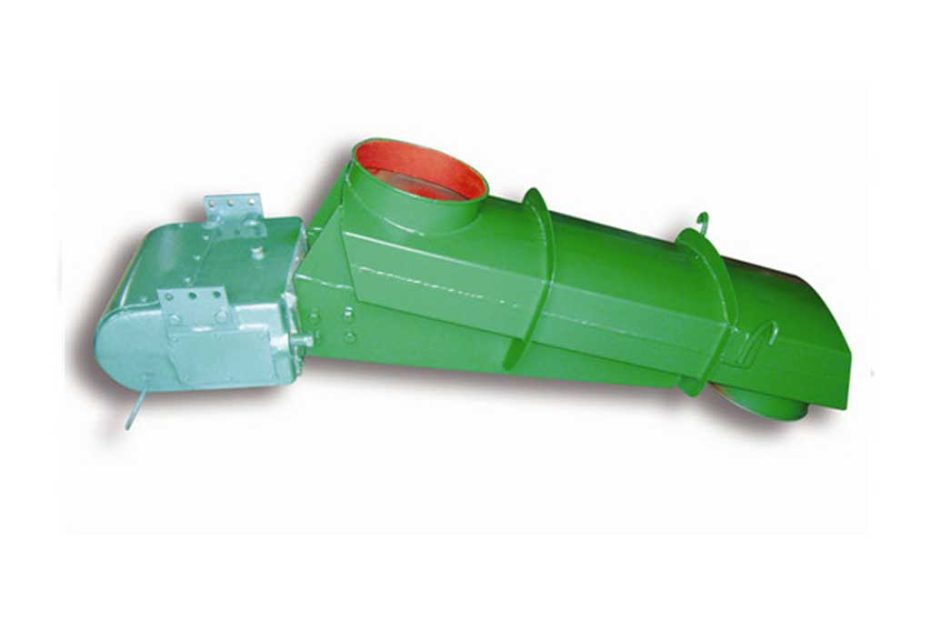Vibratory feeders play a crucial role in various industries by efficiently transporting materials. To ensure their optimal performance and longevity, it is essential to conduct regular maintenance.
Top 6 maintenance points of vibrating feeder
Regular checks and adjustments are pivotal to the vibratory feeder’s reliability. Follow these maintenance steps:
- Bolt Tightening : Pay close attention to the tightening of all bolts, particularly those securing the main vibration plate spring or the fixed screw and locking nut of the helical spring. Additionally, ensure the fastening of the bolts adjusting the electromagnetic coil gap. Should any loosening occur, promptly tighten the respective bolts.
- Gap Alignment : The gap between the iron core and the mating iron piece must always remain parallel and clean. Regularly inspect and maintain this alignment to prevent any disruptions.
- Sealing : In environments with significant dust accumulation or when conveying ferromagnetic materials, it is imperative to properly seal the vibrator’s cover. This step prevents contaminants from entering the mechanism.
- Coil Protection : Ensure the coil clamping plate is secured tightly to prevent coil abrasion due to vibrations. Shield the coil lead-out wires with rubber sleeves for added protection.
- Spring Replacement : Promptly replace the main vibration spring (helical or plate spring) if any damage is detected. A well-maintained spring system is vital for consistent performance.
- Liner Replacement : When replacing the wear-resistant liner of the trough, maintain its dimensions in line with the original specifications. Consistency in liner size ensures optimal material flow and minimizes wear.
Best Practices in Vibratory Feeder Maintenance
Following these best practices will contribute to the vibratory feeder’s longevity and efficient operation:
- Conduct regular inspections, adhering to the checklist outlined above.
- Schedule maintenance sessions in accordance with the feeder’s usage and environmental conditions.
- Implement a lubrication schedule for components requiring lubrication to prevent friction-related issues.
- Keep detailed records of maintenance activities, including dates, tasks performed, and any issues identified and resolved.
Conclusion
Regular maintenance is paramount for the optimal performance and durability of vibratory feeders. By adhering to the outlined checklist and best practices, industries can ensure seamless material transportation and extend the lifespan of their equipment. Stay proactive in addressing maintenance needs to maximize the vibratory feeder‘s efficiency and minimize operational disruptions.
